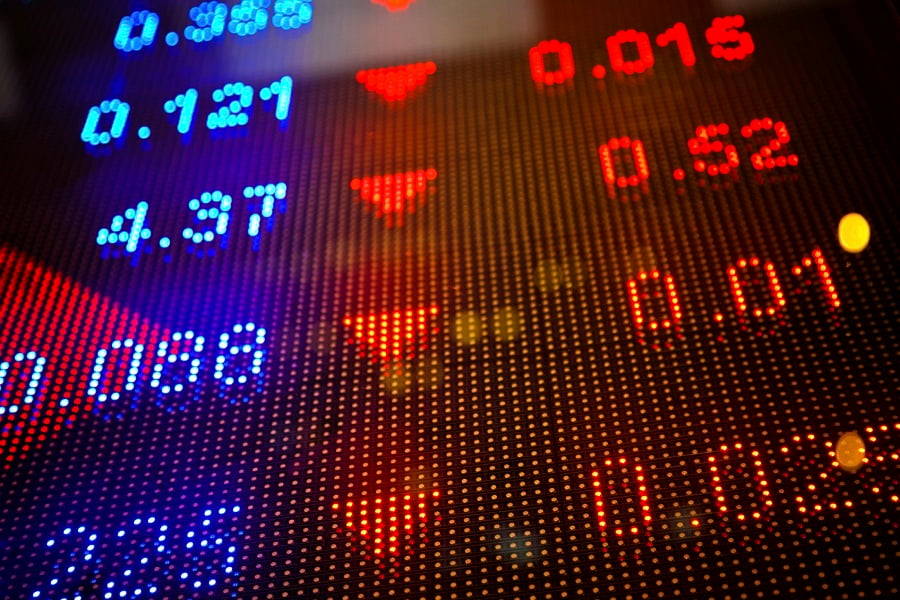Only 10% in positive territory while at this time last year, 66% of ETFs were up.
Only 10% of exchange-traded funds are in positive territory, after market selloffs in the U.S., Europe and Asia, and a plunge in commodity prices.
Ten percent.
At this time last year, 66% of ETFs were up. The recent selloff in the biotech sector has also erased names from the leaderboard, and now just seven ETFs have returns above 10% for the year. Last year it was 114 ETFs.
At this rate, the best-performing ETF may just be one that manages to make money.
A look at the five best performers so far reveals an eclectic group of small, relatively unknown ETFs with combined assets of just $260 million. The top spot tends to go to a smaller ETF riding a particularly timely trend, though there are more of these eclectic players at the top of the chart this year.
Could one of these faces in the crowd actually wind up as No. 1?
http://www.investmentnews.com/wp-content/uploads/assets/graphics src="/wp-content/uploads2015/10/CI101836105.JPG"
So far the best performer, with a 21% return, is an ETF with a name only its issuer could love. The QuantShares US Market Neutral Momentum Fund (MOM) was just waiting for a year like this. MOM is a hedge fund replication ETF that bets on the stocks that are performing the best, while shorting the market's worst performers, with hopes of riding the momentum. Those short positions could serve it well if the stock market stays ugly. It rebalances the portfolio monthly.
PRICEY
It's worth noting that MOM charges an annual fee of 1.49%. This is way more expensive than the 0.30% average fee for an ETF, though much cheaper than an actual hedge fund. It also costs money to short stocks, because you have to borrow them, which brings the total cost of the fund to about 3.6%.
The Market Vectors ChinaAMC SME-ChiNext ETF (CNXT) tracks small- and medium-size China companies that list on a Nasdaq-esque exchange on the mainland. CNXT is up 17.8% this year, striking given the market crash in China stocks. It's down 45.5% since June 1; that drop came after a 106% return for the first five months of the year.
The WisdomTree Japan Hedged Health Care Fund (DXJH) may provide the most specific exposure an ETF can serve up. It tracks health-care companies in Japan, while hedging out the effects of the yen. It was launched as one of a handful of follow-ons to the $15 billion WisdomTree Japan Hedged Equity Fund (DXJ) and has benefited from government reform efforts and hopes of new government stimulus. DXJH is up 16%. While there are many Japan ETFs on the leaderboard, that may not last for long, because Japan is falling fast. Since mid-August DXJH is down 18%.
A pair of single-country European ETFs rounds out the list: the iShares MSCI Denmark Capped ETF (EDEN) and the iShares MSCI Ireland Capped ETF (EIRL). The two have bucked the selloff in European markets and returned 14% apiece.
Both are benefiting from holding big chunks of a single stock that's doing really well. EDEN has a 23% weighting in Novo Nordisk, which is up 29% this year on drug approvals. EIRL'S 22% weighting in building materials supplier CRH PLC, up 11% on a pickup in the housing market, has paid off. The narrow exposure and big bets of these single-country ETFs mean they tend to be either top performers or absolute dogs. EIRL is in a long performance run since it took its austerity medicine. It's up 114% since 2011.







